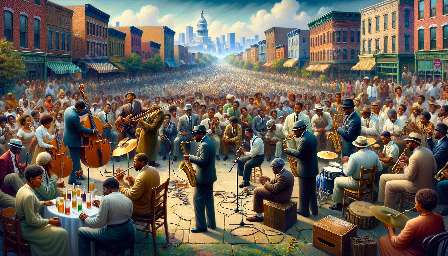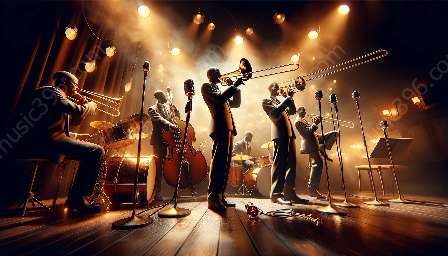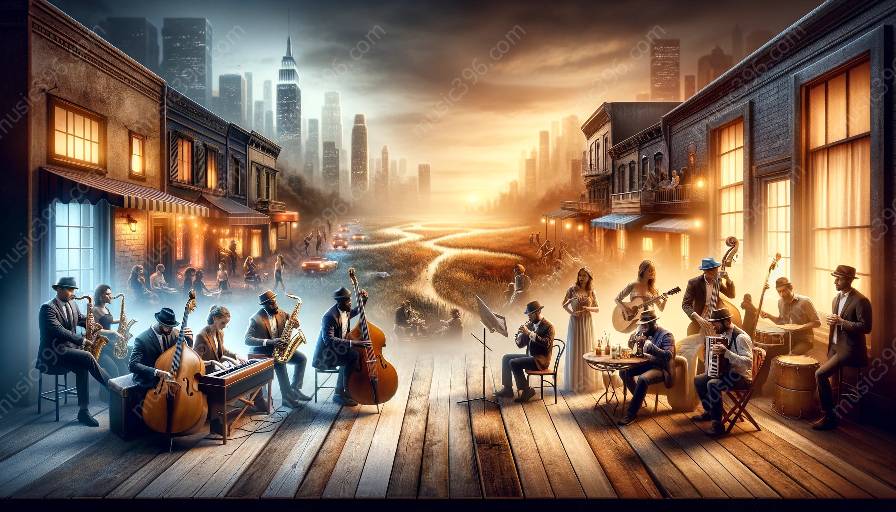When examining the roots and evolution of jazz and blues, it's impossible to ignore the significant influence of European musical traditions. These genres, originating in America, have been shaped by a myriad of cultural, historical, and musical influences, with European music playing a pivotal role in their development and distinctive features.
Understanding Jazz and Blues
Before delving into the influence of European musical traditions, it's essential to understand the distinctive features of jazz and blues. Both genres have unique characteristics that set them apart, from their rhythmic complexity to their expressive melodies and emotive storytelling. Jazz is celebrated for its improvisational nature, syncopated rhythms, and harmonic complexity, while blues is renowned for its soulful vocals, expressive guitar solos, and raw emotional depth.
Roots of Jazz and Blues
The roots of jazz and blues can be traced back to African American musical traditions, which were deeply intertwined with the experiences of African slaves and their descendants in America. However, as these musical styles began to evolve and gain popularity, they were significantly influenced by European musical traditions brought by immigrants and through cultural exchange.
European Influence on Jazz
European musical traditions, particularly classical music, played a crucial role in shaping the evolution of jazz. The influence of European classical composers such as Bach, Beethoven, and Mozart can be observed in the harmonic structures and melodic developments of jazz compositions. Additionally, the introduction of European instruments such as the violin, clarinet, and brass instruments into jazz ensembles brought new timbres and tonal palettes, further enriching the genre's sound.
European Influence on Blues
Similarly, European musical traditions left an indelible mark on the development of blues music. The incorporation of European folk melodies and song structures, as well as the use of instruments such as the guitar and harmonica, contributed to the unique blend of African and European musical elements in blues. The emotional depth and expressive storytelling inherent in blues lyrics also resonated with the traditions of European storytelling through music.
Evolution of Jazz and Blues
As jazz and blues continued to evolve, the influence of European musical traditions remained integral to their growth. The fusion of European harmonies and rhythms with African American musical expressions resulted in the diverse sub-genres of jazz and blues that we know today, from bebop and swing to Delta blues and Chicago blues.
Modern Interpretations
Even in modern jazz and blues, the influence of European musical traditions can be heard in the eclectic arrangements, harmonic innovations, and stylistic fusions that continue to shape these genres. Contemporary jazz and blues artists draw inspiration from a global musical palette, incorporating elements of European classical, folk, and avant-garde traditions into their compositions and performances.
Conclusion
The rich influence of European musical traditions on jazz and blues has contributed to the enduring allure and adaptability of these genres. Understanding the historical and cultural connections between European music and the evolution of jazz and blues enhances our appreciation of their distinctive features and the continued impact of cross-cultural exchange on musical expression.






























